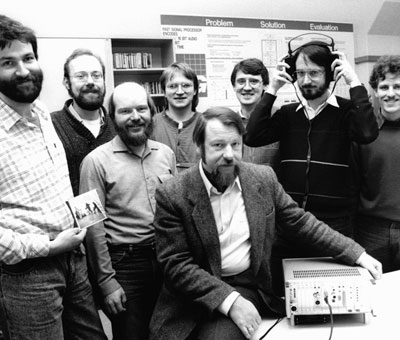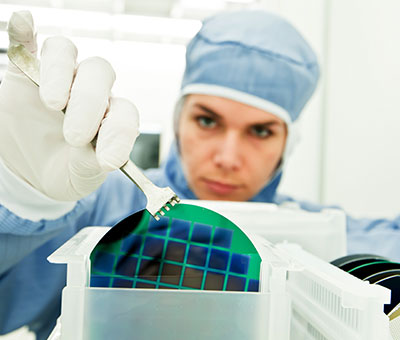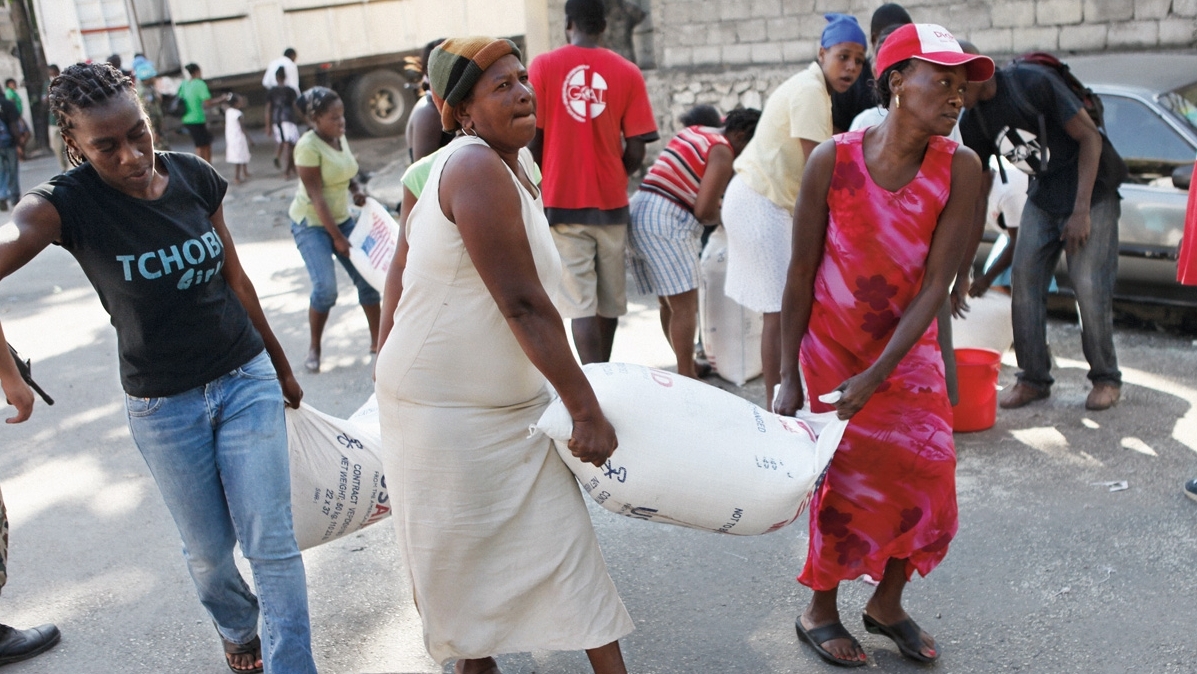1987: mp3 technology development begins

Fraunhofer makes history by developing algorithms for compression of audio files (mp3), achieving worldwide success. It is hard to imagine everyday life without this innovation. Along with its technological uniqueness, mp3 also owes its success to the marketing efforts of the team of developers. Often treated with condescension at first, the researchers manage to overcome the resistance and make mp3 a market success.



